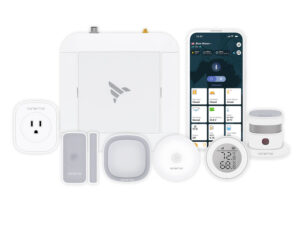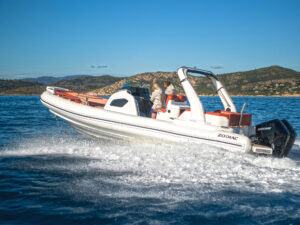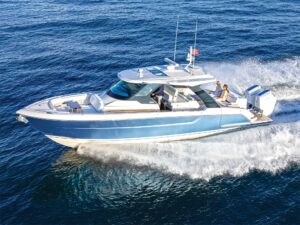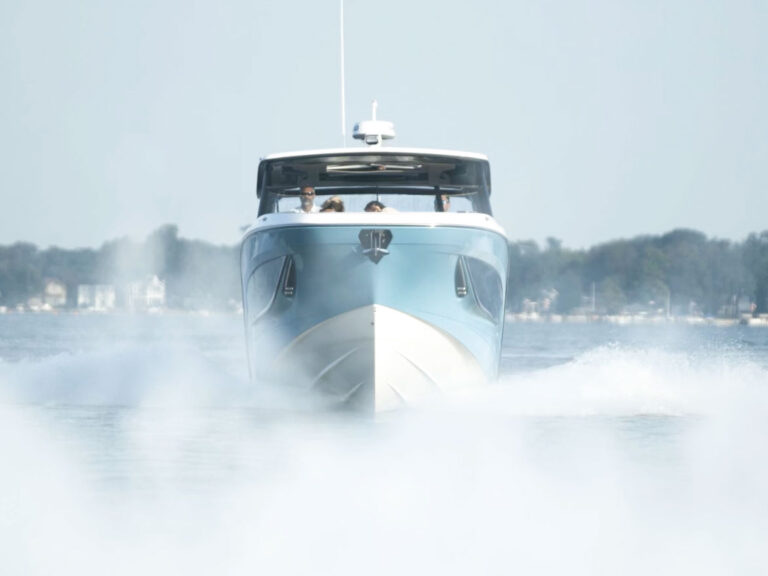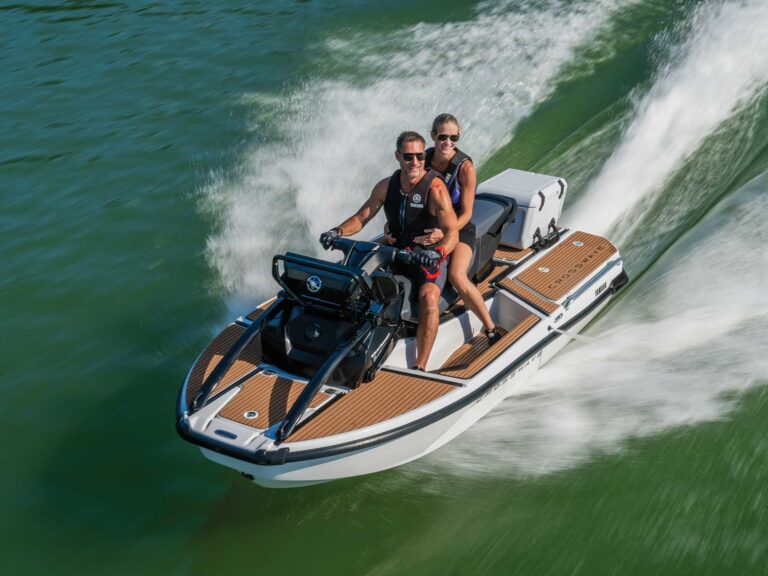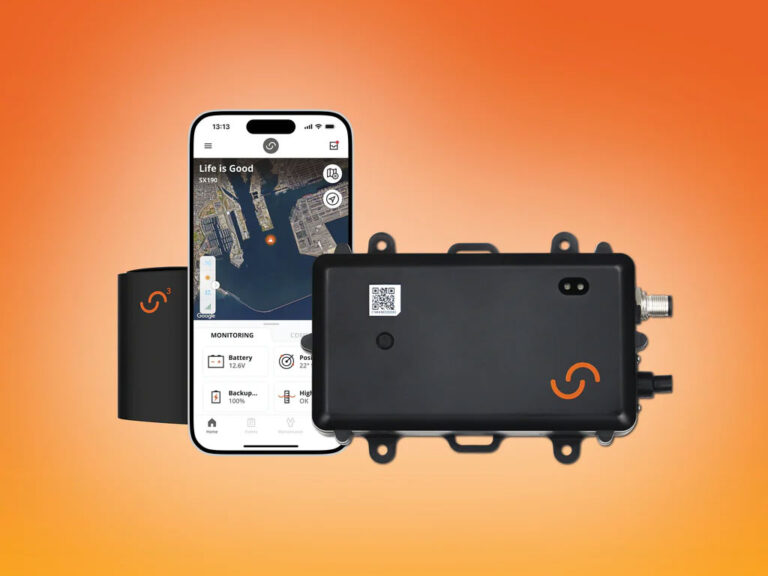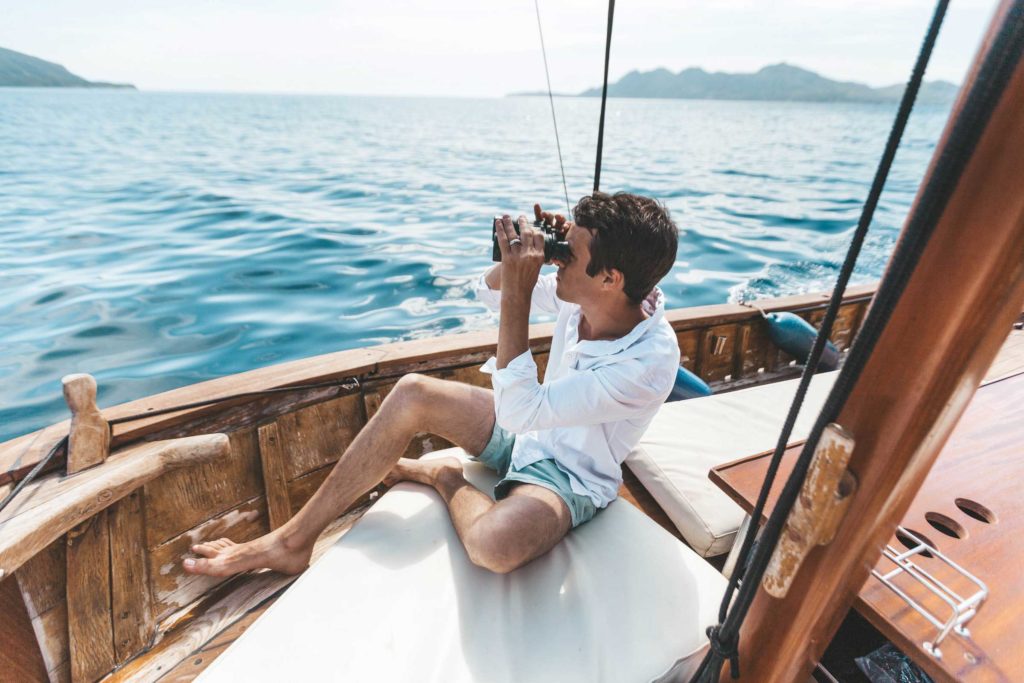
Binoculars come in handy on a boat, whether you’re trying to spot a far-off channel marker, using birds to spot fish activity, or just looking for your friends in a crowded cove. The marine environment, however, is uniquely challenging to the performance and lifespan of quality optics.
Here’s what to look for to make sure you not only see clearly, but also get the most out of your investment.
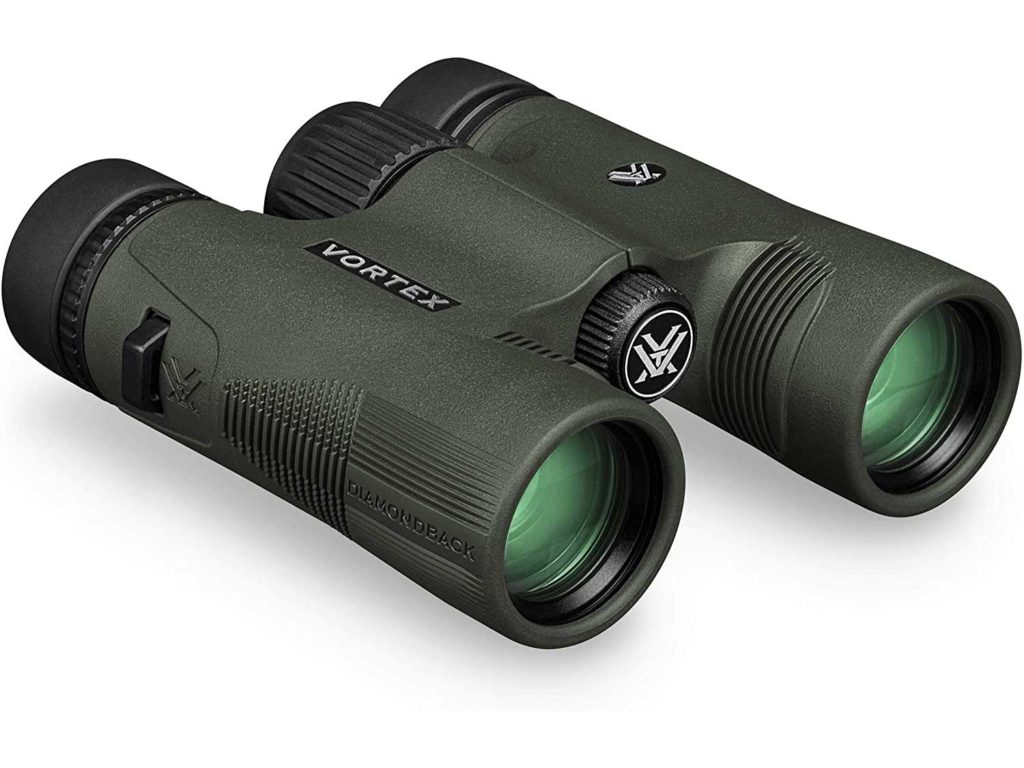
Why Buy Marine Binoculars?
Binoculars provide a variety of benefits to marine hobbyists, and a good pair belong aboard just about every vessel. Some of the most noteworthy reasons for buying marine binoculars include:
- Safety: First and foremost, binoculars can help keep you safer on the water, as they’ll allow you to see potential hazards at a distance, giving you time to avoid them.
- Wildlife watching: Binoculars for boats will make it much easier to observe birds, whales, fish, turtles, and other wildlife while you’re enjoying the water.
- Better fishing: Your fish detecting sonar will help you find fish below the surface, but a good pair of fishing binoculars will allow you to spot bait balls and other fish signs from above the surface (and from a distance).
- Weather monitoring: Binoculars can help you notice some of the signs of changing weather patterns, from rain on the horizon to far-off tree branches swaying in the breeze.
Observing other boaters: Whether you’re just being nosy about what your buddies are doing in their own boat, or watching out for distracted boaters, maritime binoculars will make it much easier to see others.
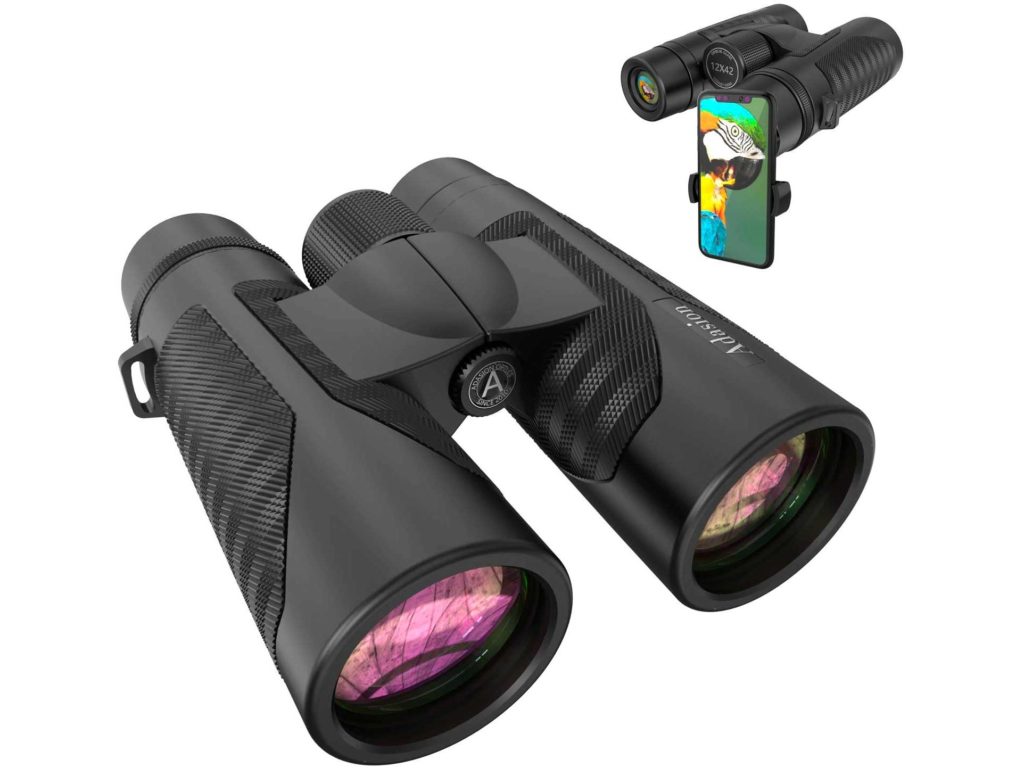
How to Choose Binoculars
Binoculars vary in several key ways, and you’ll want to understand how before making your purchase. This will help ensure you end up with the best binoculars for your specific boating needs.
Magnification
Look at the first number in any binoculars’ specs or description (e.g. the “7” in binoculars labeled as 7×50). This number indicates the level of magnification, or how much closer an object will appear than when viewed with the naked eye.
Just note that larger numbers aren’t necessarily better in all situations. Boats are often moving at high speeds, and using binoculars with high magnifications can make the images appear unsteady (though a binocular tripod can help reduce this problem).
An ideal magnification level for marine binoculars is 7x to 8x.
Objective Lens
The second number refers to the binoculars’ objective lens diameter, measured in millimeters. Larger lenses enable the user to see better by letting in more light, but they add to the weight. Fifty millimeters is a good choice for most boaters.
Field of View
Field of view indicates how wide an area you’re able to see through the binoculars. A wider field of view lets the user track a moving object more easily without having to pan the binoculars from side to side. Field of view is typically between 6 and 7.5 degrees. Measured in feet, quality binoculars allow you to view 300 to 375 feet at a distance of 1,000 yards.

Eye Relief
Eye relief is the measure of the maximum distance your eyes can be away from the eyepiece before field of view is reduced. While it’s always a good idea to check this specification before purchasing a specific set of binoculars, it’s especially important for those who wear glasses to do so. Look for eye relief of 14 millimeters or more to maintain a full field of view.
Waterproof Construction
Obviously, it’s a good idea to look for waterproof binoculars if you intend to use them in a wet environment, like your boat. But there’s another reason to stick with waterproof binoculars (or any optical devices, really):
When left in the hot sun, enough internal pressure can be produced in air-filled binoculars to blow a seal. Then, when the binoculars cool, moist air can be drawn in and fog the interior. However, you can also charge or fill O-ring sealed binoculars with nitrogen; it’s a gas that doesn’t expand in relation to temperature changes, which will prevent the seals from leaking.
Extras
Once the features above are covered, it’s also nice to find binoculars that include extras. Sometimes that’s just a handy carrying kit. It can also be an integrated rangefinder or compass, night-vision capabilities, or the ability to float. Some of these features will increase the purchase price a bit, but you’ll likely be happier with your binoculars in the long run.

Enhance Your Time on the Water
There’s no doubt that a high-quality pair of binoculars will keep you safer on the water and help you enjoy each trip more. Just be sure to select a set with the features discussed above, and store them properly between each use. If you take good care of your new binoculars, they’ll likely last for years — if not longer.
FAQ
What strength of binoculars is best?
The best binocular magnification will vary based on the way you intend to use them, but for general boating use, 7×50 usually works well.
Which is better, 12×50 or 10×42 binoculars?
It depends on the purpose the binoculars are going to be used for. Binoculars with 12×50 specs offer quite a bit of magnification, which may make them difficult to use on a moving boat. However, while 10×42 binoculars may be easier to use on a moving boat, they won’t work as well in dim light.
What are the best binoculars to buy?
The best binoculars to buy are the ones that suit your specific needs best. For marine enthusiasts, boat binoculars with 7×50 specs, eye relief of at least 14 millimeters, and waterproof seals are ideal.

